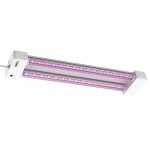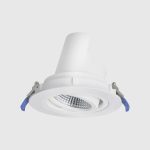Shedding Light on the Future of EnergyEfficient Lighting: LED Light
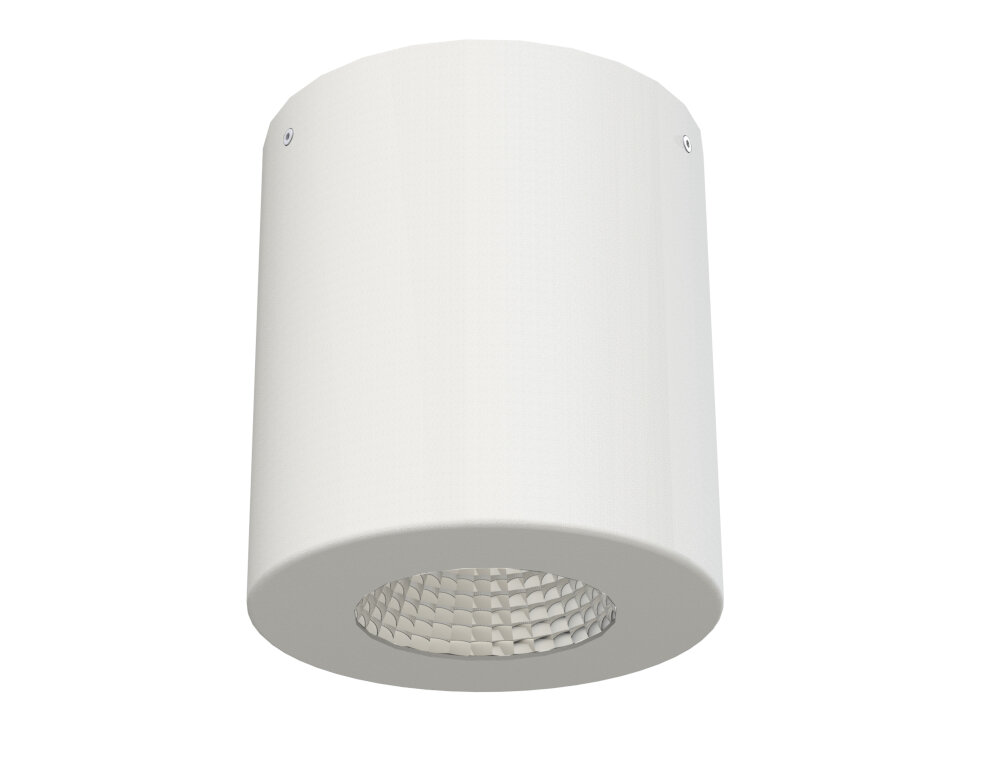
The future of energy-efficient lighting is currently being dominated by LED lights. These innovative lighting solutions are fast becoming the go-to option for both residential and commercial lighting due to their numerous benefits. LED lights are not only energy-efficient, but also long-lasting, durable, and environmentally friendly. The increasing demand for LED lights is being driven by the need to reduce energy consumption and the associated costs. These lights use up to 90% less energy than traditional incandescent bulbs, making them an ideal solution for anyone looking to save on their energy bills. Additionally, LED lights have a much longer lifespan than other lighting options, lasting up to 25 times longer than incandescent bulbs. This means that you won’t have to replace your bulbs as often, further reducing your costs and carbon footprint. With all these benefits, it’s no wonder LED lights are quickly becoming the most popular lighting solution for homes and businesses alike.
An LED light, or Light Emitting Diode, is a type of lighting technology that uses a semiconductor to produce light when an electric current is passed through it. Unlike traditional incandescent or fluorescent bulbs, which produce heat as a byproduct, LED lights are highly energy-efficient and produce very little heat. They are also long-lasting and durable, with an average lifespan of around 25,000 hours. LED lights are becoming increasingly popular in homes, offices, and public spaces due to their low energy consumption, minimal maintenance requirements, and ability to produce a range of colors and brightness levels. As the world shifts towards more sustainable and eco-friendly practices, LED lighting is emerging as a key technology in the future of energy-efficient lighting.
The advent of LED light technology has revolutionized the lighting industry and has become a symbol of energy efficiency and cost savings. This innovative technology has drastically reduced energy consumption while providing brighter, clearer, and longer-lasting light. LED lights are also environmentally friendly, emitting less carbon dioxide than traditional light bulbs, making them a sustainable solution for lighting needs. Additionally, LED lights are versatile and can be used in a wide range of applications, from residential to commercial, and even in outdoor lighting. The significance of LED lights cannot be overstated, as they have the potential to transform the way we illuminate our world, making it brighter and more sustainable.
The history of LED light technology dates back to the early 1900s when British scientist H. J. Round discovered the phenomenon of electroluminescence. However, it was not until the 1960s that the first practical LED was developed by Nick Holonyak, a scientist at General Electric. The early versions of LEDs were only capable of producing low-intensity red light, but advances in semiconductor technology allowed for the creation of new colors and increased brightness. The 1990s saw the first white LEDs, and since then, LED technology has continued to evolve, resulting in highly efficient and versatile lighting solutions that are now widely used in residential, commercial, and industrial settings. Today, with the growing focus on energy efficiency and sustainability, LED lighting has emerged as a game-changer, offering significant energy savings, reduced environmental impact, and improved lighting quality.
How Does LED Light Work?
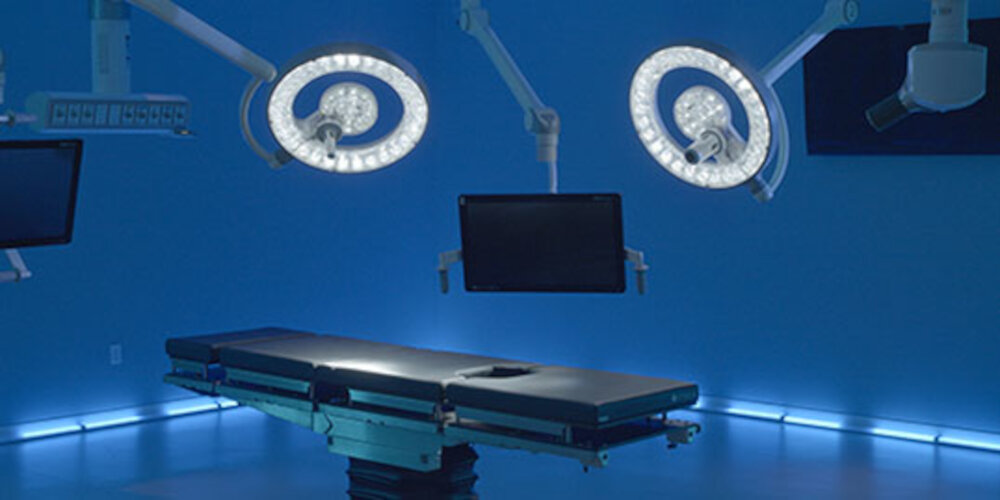
LED (Light Emitting Diode) lights are becoming increasingly popular due to their energy efficiency and longevity. They are used in a variety of applications, from residential lighting to automobile headlights. But how do they actually work? LEDs work by converting electrical energy into light energy through a process called electroluminescence. When an electric current is passed through a semiconductor material, it excites the electrons, causing them to release energy in the form of photons. The color of the light produced depends on the type of semiconductor material used. For example, red LEDs are made with a semiconductor material called gallium arsenide, while blue LEDs use gallium nitride. One of the biggest advantages of LED lights is their energy efficiency. Traditional incandescent light bulbs convert only 10% of the energy they receive into light, with the remaining 90% lost as heat. In contrast, LEDs can convert up to 90% of the energy they receive into light, with only 10% lost as heat. This means that LED lights require far less energy to produce the same amount of light as incandescent bulbs, making them a much more environmentally friendly and cost-effective option. Additionally, LED lights have a much longer lifespan than traditional bulbs, with some models lasting up to 50,000 hours. This means that LED lights can save consumers money on replacement bulbs and reduce the amount of waste generated from discarded bulbs.
LED (light-emitting diode) technology is a highly energy-efficient lighting solution that has revolutionized the way we light our homes, offices, and public spaces. Unlike traditional incandescent bulbs, LEDs do not use a filament to produce light, but rather rely on the movement of electrons through a semiconductor material to generate light. This process is much more efficient, as it produces very little heat and uses significantly less energy. Additionally, LEDs are incredibly versatile, as they can be produced in a range of colors and shapes, making them suitable for a variety of applications. Overall, LED technology represents a major step forward in the quest for more sustainable and environmentally-friendly lighting solutions.
LED lighting is a revolutionary technology that has been gaining popularity in today’s world due to its numerous advantages over traditional lighting options. For starters, LED lights are significantly more energy-efficient, using up to 80% less energy than traditional lighting options. They also last much longer, with an average lifespan of 50,000 hours compared to the 1,000 hours offered by traditional lighting. Furthermore, LED lights produce very little heat, making them safer and more comfortable to use. They also come in a wide range of colors and can be easily dimmed, making them versatile and perfect for a variety of settings. Overall, LED lighting is the future of lighting, offering a more efficient, cost-effective, and eco-friendly solution to traditional lighting options.
LED light technology has revolutionized the way we think about lighting, offering a range of advantages over traditional incandescent bulbs. One of the most significant benefits of LED lights is their energy efficiency, which can lead to substantial cost savings over time. LED lights also last longer than traditional bulbs, which reduces the need for frequent replacements and helps reduce waste. Additionally, LED lights are highly versatile and can be used in a wide range of applications, from residential lighting to large-scale commercial projects. LED lights are also highly customizable, allowing users to adjust the color, brightness, and direction of the light to suit their specific needs. With all of these advantages, it’s no wonder that LED lights are quickly becoming the go-to choice for energy-efficient lighting solutions.
Applications of LED Light
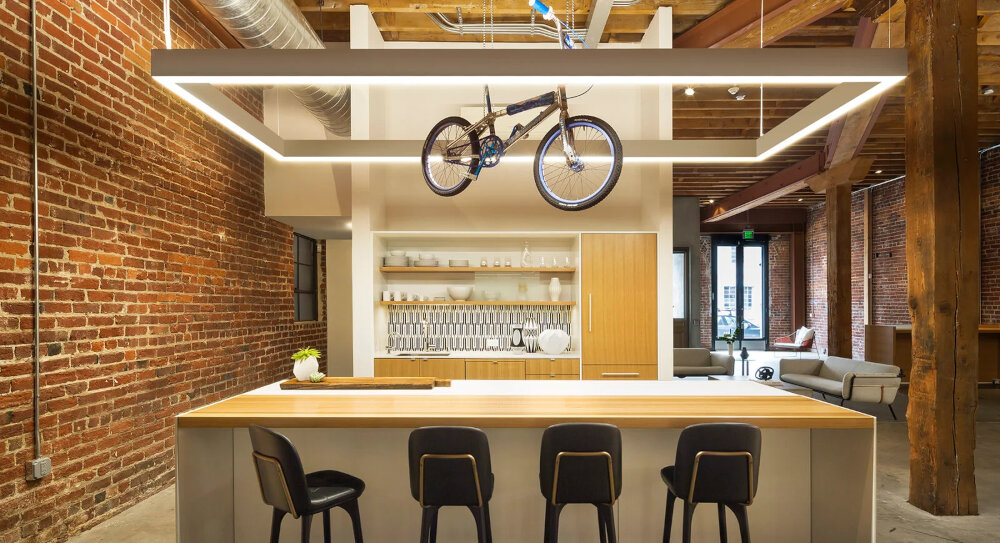
The applications of LED light are diverse and wide-ranging, making it an attractive choice for energy-efficient lighting. One of the most common applications of LED light is in home and office lighting. LED bulbs can be used in fixtures to provide bright and efficient lighting that can last for up to 25,000 hours, significantly longer than traditional incandescent bulbs. They also consume less energy, making them an excellent choice for those looking to reduce their electricity bills. Another important application of LED light is in outdoor lighting. LED lights can be used to illuminate streets, parking lots, and public spaces, providing bright and efficient lighting that enhances safety and visibility. LED streetlights, for example, can last up to 100,000 hours, significantly longer than traditional streetlights, reducing maintenance costs and improving safety for drivers and pedestrians alike. In addition, LED lights can also be used in decorative lighting, such as Christmas lights and other holiday displays, providing bright and colorful lighting that is energy-efficient and long-lasting. Overall, the applications of LED light are numerous, making it a highly versatile and efficient lighting solution for a wide range of settings and purposes.
Residential lighting has come a long way in recent years with the advent of LED technology. LED lights have revolutionized the way we think about energy-efficient lighting, offering a range of benefits that were once impossible with traditional incandescent bulbs. Not only are LED lights more energy-efficient than their counterparts, but they also last longer, emit less heat, and have a wider range of color temperatures and brightness levels. Additionally, LED lights are highly versatile and can be used in a variety of residential settings, from task lighting in the kitchen to ambient lighting in the living room. As more and more homeowners become aware of the benefits of LED lighting, it’s clear that this technology will play a major role in the future of residential lighting.
Commercial lighting is an essential aspect of any business, providing illumination for various purposes, such as highlighting products, creating a welcoming atmosphere, and ensuring safety. With the rapid advancement of technology, LED lighting has emerged as the future of energy-efficient lighting, offering numerous benefits over traditional lighting solutions. LED lights are more durable, last longer, consume less energy, and emit less heat, making them an ideal choice for commercial spaces. Moreover, LED lights come in a wide range of colors and designs, allowing businesses to customize their lighting to suit their branding and aesthetic requirements. As the world moves towards a more sustainable future, LED lighting is poised to play a crucial role in reducing energy consumption and carbon footprint in commercial spaces.
Outdoor lighting plays a crucial role in enhancing the aesthetic appeal and security of our homes, commercial buildings, and streets. The advancements in LED technology have revolutionized the outdoor lighting industry, offering a range of energy-efficient and programmable lighting solutions that can be customized to meet specific requirements. LED outdoor lights provide brighter illumination, consume less power, and last longer than traditional lighting options. Additionally, their durability and resistance to harsh weather conditions make them an ideal choice for outdoor lighting. With the growing awareness of the benefits of LED lighting and the increasing demand for sustainable and eco-friendly solutions, LED outdoor lighting is undoubtedly shedding light on the future of energy-efficient lighting.
The automotive lighting industry has undergone a significant transformation in the past decade, with the introduction of energy-efficient LED lighting technology. LED lights have brought about a revolution in the industry, offering better performance, longer lifespan, and reduced energy consumption compared to traditional lighting systems. LED lights are now widely used in headlights, tail lights, brake lights, and turn signals, providing a brighter and more reliable lighting system for modern vehicles. Additionally, LED lights offer greater design flexibility and can be customized to provide unique lighting patterns and colors, enhancing the aesthetic appeal of cars. With the increasing demand for energy-efficient lighting solutions, LED lights are expected to dominate the automotive lighting market in the coming years.
Future of LED Light Technology
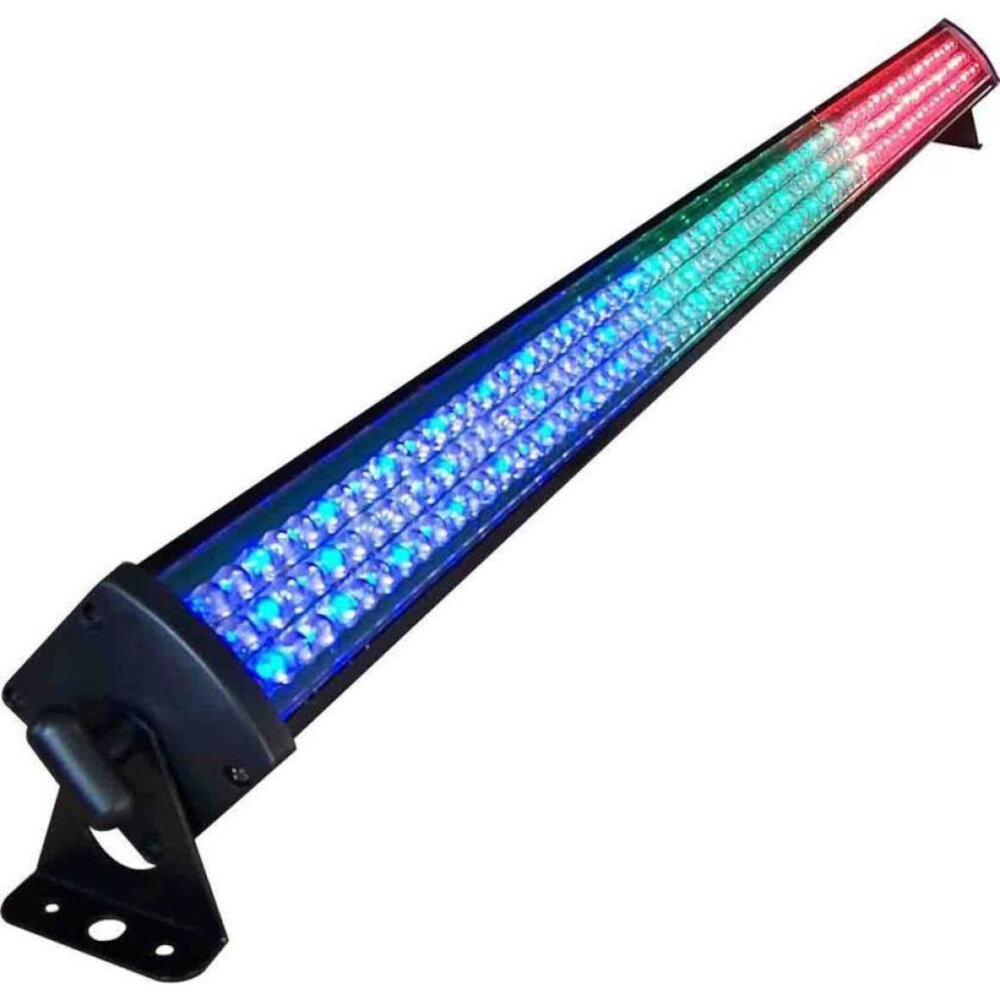
The future of LED light technology is promising, as it is rapidly advancing and becoming more energy-efficient, cost-effective, and versatile. LED lights are already being used in a wide range of applications, from streetlights to consumer electronics, and they offer numerous benefits over traditional lighting technologies, including longer lifetimes, lower energy consumption, and better color rendering. In addition, they can be easily controlled and dimmed, making them ideal for use in smart homes and buildings. One of the most exciting developments in LED light technology is the emergence of organic LEDs (OLEDs). These lights are made from thin layers of organic materials and emit light when an electric current is applied. OLEDs are highly efficient and can be used to create flexible, transparent, and even foldable lighting panels. They are already being used in smartphone screens and televisions, and they have the potential to revolutionize the way we light our homes and buildings in the future. With continued research and development, OLEDs could even be used to create fully integrated lighting systems that respond to our needs and preferences in real-time.
In recent years, advancements in LED light technology have revolutionized the lighting industry. With their exceptional energy efficiency, durability, and longevity, LED lights have become the go-to lighting solution for both residential and commercial applications. LED lights use significantly less energy compared to traditional incandescent bulbs, resulting in lower electricity bills and reduced carbon emissions. Additionally, LED lights have a longer lifespan, reducing the need for frequent bulb replacements. With innovations in color temperature and brightness, LED lights are now available in a wide range of options to meet diverse lighting needs. As LED technology continues to evolve, we can expect even greater energy savings and an even wider range of applications for these versatile lights.
The potential for increased energy efficiency in lighting systems is enormous, and LED technology is leading the way. Due to their longer lifespan, lower energy consumption, and ability to produce high-quality light, LED lights are becoming increasingly popular in both residential and commercial settings. Additionally, advancements in LED technology have led to the development of smart lighting systems that can be controlled remotely, further increasing energy efficiency. By adopting LED lighting, individuals and businesses can not only save money on energy bills but also reduce their carbon footprint, making a significant contribution to the fight against climate change.
The rapid adoption of LED lights as an energy-efficient lighting option has a significant impact on the environment. LED lights consume less electricity, and they last longer than traditional incandescent lights, which translates into reduced greenhouse gas emissions and energy consumption. However, the production and disposal of LEDs have environmental consequences. The production of LEDs requires the use of rare earth metals, which are mined using environmentally damaging practices. The disposal of LEDs also poses a challenge as they contain toxic materials, such as lead, arsenic, and mercury. Therefore, it is crucial to recycle LED lights properly to minimize their impact on the environment. Despite these challenges, LEDs remain a promising technology for reducing energy consumption and greenhouse gas emissions while illuminating our homes and cities.
LED (light-emitting diode) lights have revolutionized the lighting industry in recent years, offering numerous benefits and applications. These lights are energy-efficient, consuming up to 90% less energy than incandescent bulbs, resulting in significant cost savings. They also last longer, with a lifespan of up to 25,000 hours, reducing the need for frequent replacements. LED lights emit less heat, making them safer and more comfortable to use, especially in warm environments. They are also versatile, suitable for various applications, including residential, commercial, and industrial settings, and are available in different colors, shapes, and sizes, allowing for customization to fit specific needs. Additionally, LED lights are environmentally friendly, emitting fewer greenhouse gases and reducing the carbon footprint. Overall, LED lights offer a bright and sustainable future for lighting technology.
Energy efficiency has become an increasingly important topic in today’s world. With the growing concerns over climate change and the depletion of natural resources, it is essential that we find ways to reduce our energy consumption. LED lighting is one such solution that has gained significant attention in recent years. Unlike traditional incandescent bulbs, LED lights are highly energy-efficient and can reduce energy consumption by up to 80%. This not only helps to reduce our carbon footprint but also saves us money on our electricity bills. In addition, LED lights have a longer lifespan than traditional bulbs, which means they need to be replaced less often, further reducing our energy consumption. Overall, energy efficiency is an essential aspect of building a sustainable future, and LED lighting is a significant step in that direction.
In conclusion, LED light technology is at the forefront of energy-efficient lighting, and it’s here to stay. With its low energy consumption, long lifespan, and cost-effectiveness, LEDs have revolutionized the lighting industry. The future of LED light technology looks bright, as researchers continue to find new ways to make it even more efficient and cost-effective. In the coming years, we can expect to see more widespread adoption of LED lighting in both residential and commercial settings. As consumers become more environmentally conscious, the demand for energy-efficient lighting will only continue to grow, and LEDs will play a crucial role in meeting that demand. Overall, the future of LED lighting is promising, and we can look forward to a brighter, more sustainable future with this innovative technology.
Conclusion
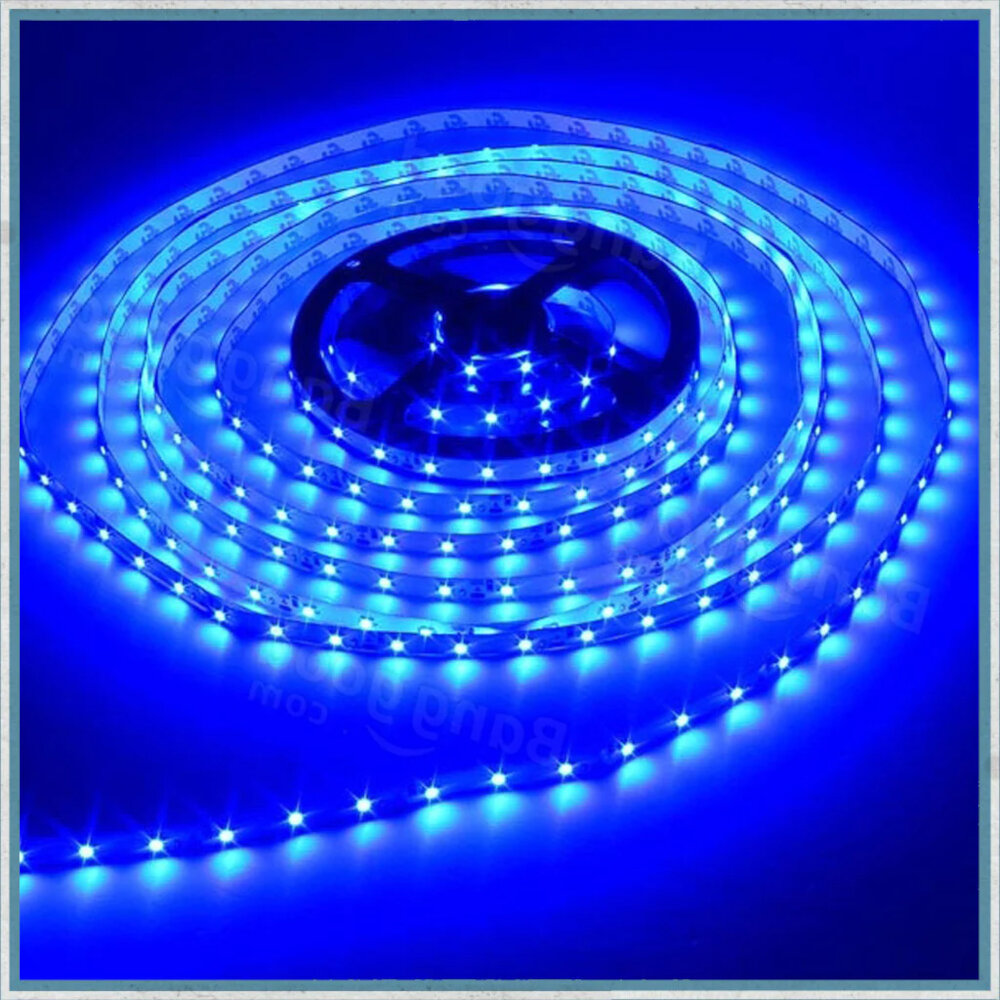
In conclusion, the future of energy-efficient lighting seems to be bright with the advent of LED lights. LED lights offer numerous benefits such as energy efficiency, long lifespan, low maintenance costs, and environmental friendliness. These lights are rapidly gaining popularity and are gradually replacing traditional lighting systems. With the advancements in technology, the cost of LED lights is decreasing, making it more accessible to the general public. Furthermore, the integration of smart technology with LED lights has opened up new possibilities for energy conservation and control. It is evident that LED lights are the way forward, and their potential for sustainable development is immense. Therefore, it is imperative to embrace LED lights and harness their full potential to create a more sustainable future.


